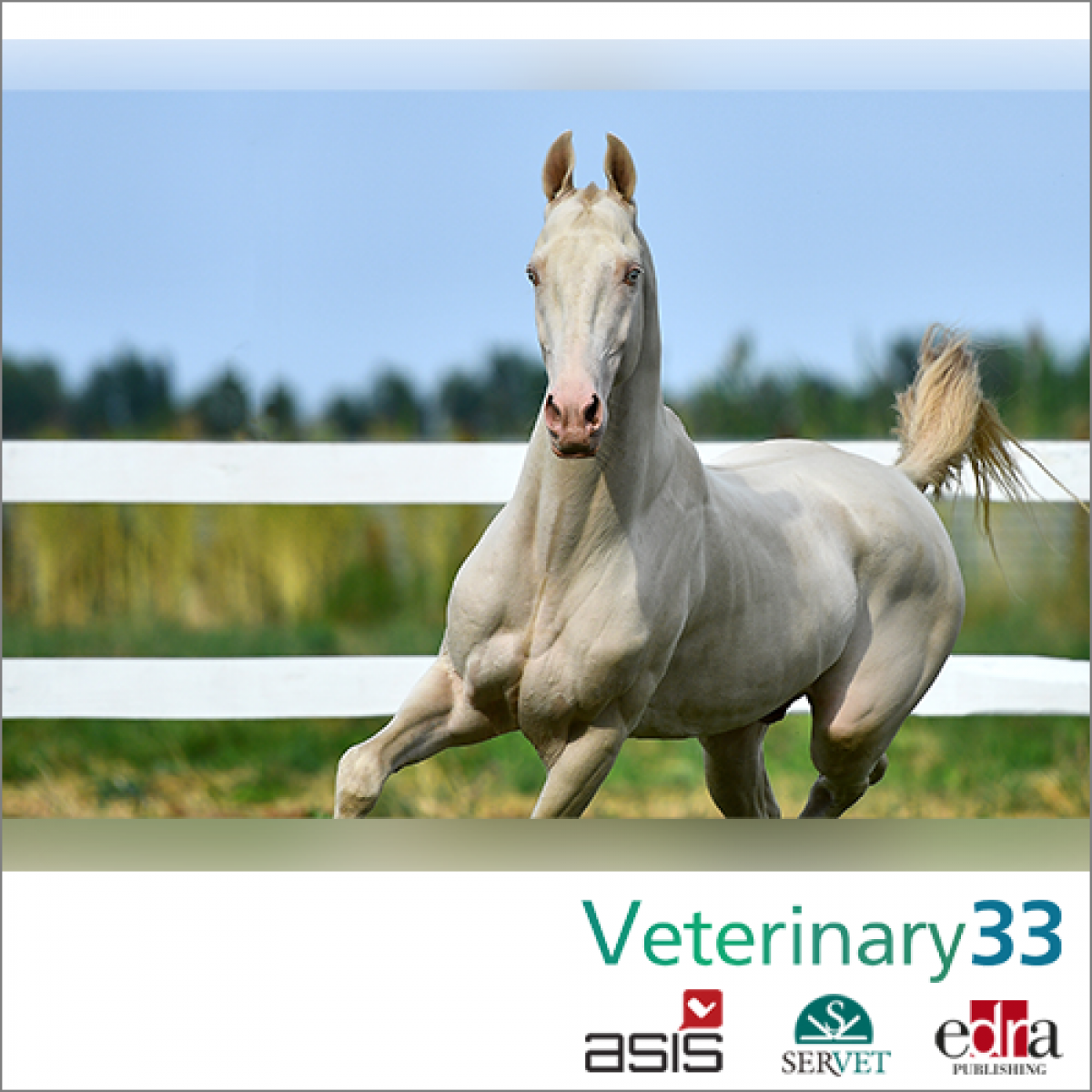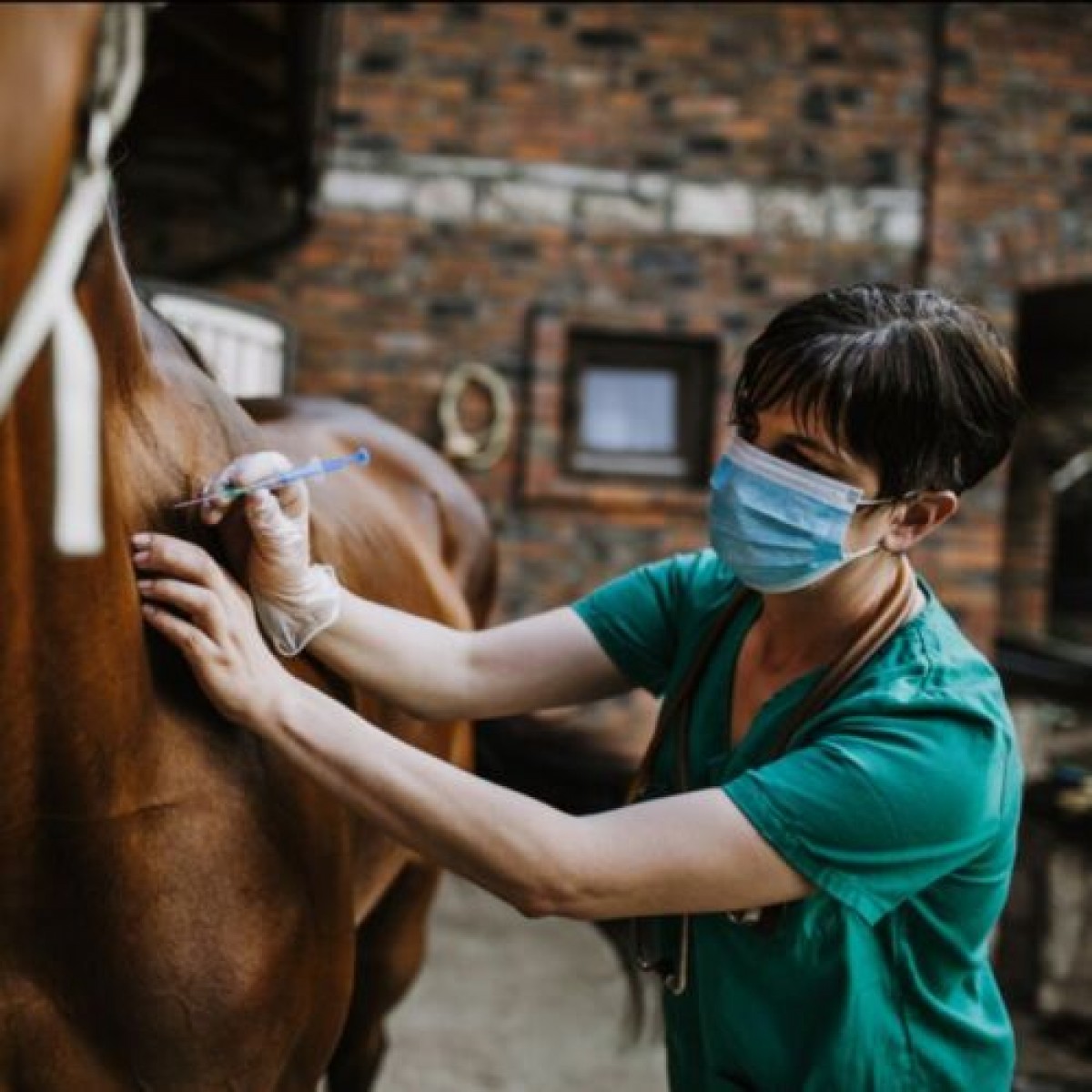Advances in Testing for Equine Gene Doping
Advances in Testing for Equine Gene Doping
Equine-specific gene therapy is under development to treat various pathologic conditions in equine athletes, and because horses present an acceptable model for human diseases. However, gene therapy to enhance athletic performance in sport and racehorses has the potential for misuse, and, as these therapies become safer and more prevalent, the potential for misuse increases. Discovering methods to detect gene doping is imperative, to maintain a fair wagering system, and to promote equine athletes’ health and welfare.
Equine gene doping candidates
Ideal candidates for gene doping include those that positively affect a horse’s speed, strength, mental aptitude, and fatigue resistance. By injecting additional copies of these genes in targeted areas, a horse’s performance could be improved. Ideal candidates include:
- Genes that enhance muscle mass and strength — A muscle’s potential to sustain and generate force is determined by its size. Therefore, muscle mass plays an important role in determining a horse’s athletic capability. Several genes influence a horse’s muscle mass, including:
- Myostatin gene (MSTN) — Myostatin negatively regulates muscle fibres’ number and growth by down-regulating an early muscle differentiation marker.
- Follistatin — Follistatin inhibits myostatin, which could result in muscle growth stimulation, and myoblast differentiation.
- Insulin-like growth factor-1 (IGF-1) — IGF-1 binds to a specific receptor (IGF-1R) and insulin receptors, to stimulate cell growth, and promote protein synthesis and satellite cell proliferation. IGF-1 may also inhibit myostatin.
- Growth hormone (GH) — Also known as somatotropin, GH increases muscle mass, and promotes protein synthesis by having an anabolic effect on target tissues, and by stimulating IGF-1 production.
- Genes for oxygen regulation — Oxygen is needed to convert fats and carbohydrates to energy for continued muscle contraction. Therefore, the blood’s ability to deliver oxygen to working muscles is a limiting factor for exercise performance. Genes that influence the maximum oxygen uptake include:
- Erythropoietin (EPO) — EPO stimulates red blood cell production by targeting erythroid progenitors in bone marrow, and increasing their survival, proliferation, and differentiation. EPO also influences erythrocyte circulation.
- Hypoxia-inducible factor 1 alpha (HIF-1 α) — Under normal oxygen conditions, HIF-1 α is broken down quickly, but under hypoxic conditions, HIF-1 α triggers genes that promote new blood vessel development.
- Cytochrome c oxidase 4 (COX4) — In equine skeletal muscle, training causes a rise in COX4 expression, and this gene relates positively to athletic ability.
- Angiogenic genes — Substances that enhance angiogenesis (i.e., new capillary formation from pre-existing vessels, and enlargement of new and existing vessels) maximize blood flow, leading to improved maximum oxygen uptake, and improved endurance. Genes that influence angiogenesis include:
- Vascular endothelial growth factor (VEGF) — During aerobic exercise, skeletal muscle hypoxia triggers HIF-1 α transcription, leading to increased VEGF transcription. VEGF binds to cells in blood and lymphatic vessels, resulting in new blood vessel formation, vasodilation, and increased vascular permeability.
- Fibroblast growth factor (FGF) — FGFs up-regulate platelet-derived growth factor, promoting new blood vessel growth from pre-existing vasculature.
- Energy metabolism genes — Muscle contraction consumes adenosine triphosphate (ATP), and increases metabolic rate to replace the ATP. Energy production is dependent on the availability of substrates for oxidation, and an adequate oxygen supply. Genes that influence energy metabolism include:
- Peroxisome proliferator-activated receptors (PPARs) — These transcription factors regulate the gene expression, which is important for skeletal muscle adaptation to exercise.
- Pyruvate dehydrogenase lipoamide kinase isozyme 4 gene (PDK4) — PDK4 regulates glucose metabolism, to generate ATP.
- Genes for injury repair and overcoming pain — Genes that influence mental strength, temperament, and pain perception may also contribute to a horse’s racing performance. These genes include:
- Pro-opiomelanocortin (POMC) — POMC influences mood, and plays a role in the body’s response to pain, exercise, and stress.
- Interleukin-1 (IL-1) — These cytokines regulate skeletal muscle repair and adaptation post exercise.
Equine gene doping risks
The income from horse racing is largely dependent on wagering, which relies on the gambler’s perception that the race’s outcome is not artificially manipulated. Genetic doping jeopardizes this belief, and hinders a fair wagering environment. The process also endangers the equine athletes’ welfare in several ways, including:
- Immune responses — Gene therapy involves using a vector to transfer the genetic material and associated regulatory elements, collectively known as the transgene, in the target somatic cells. Immune responses to vectors and to transgene expression have been responsible for adverse effects noted in gene therapy.
- Transgenic protein overexpression — Transgenic protein expression above natural levels could cause health risks for horses. Examples include:
- Manipulating genes, such as myostatin or IGF1, may result in overloaded bones, tendons, and ligaments that could cause injury.
- Proteins produced by overexpressed genes could accumulate, and result in toxicity.
- Recombinant growth hormone has been shown to cause severe side effects, including acromegaly, hypertension, and increased cardiovascular risk.
- Increased growth-promoting gene expression has also been linked to cancer development and progression.
Detecting equine gene doping
Gene doping detection is challenging, because the doping genes and proteins produced are virtually indistinguishable from their natural counterparts. Researchers at the University of Pennsylvania School of Veterinary Medicine have recently developed a new test to successfully detect illicit gene therapies in equine athletes. The team, led by Mary Robinson, PhD, VMD, DACVCP, assistant professor of veterinary pharmacology and director of the Equine Pharmacology Laboratory at Penn Vet’s New Bolton Center, created and validated a quantitative real-time polymerase chain reaction (PCR) test. The PCR test could detect a gene doping agent in the horse’s joint fluid after gene therapy was administered intra-articularly. The test could also detect the gene doping agent in the horse’s blood for up to 28 days. Currently, the test is limited to detecting only one specific gene doping agent, but the Penn Vet researchers hope to expand their testing methodology, and create screening tests that could identify multiple gene doping agents over longer time periods.
The Penn Vet researchers’ efforts are a huge step forward to help salvage the horse-racing industry’s integrity, and protect the equine athlete’s health, safety, and well-being.














List
Add
Please enter a comment